Past Flight Projects
TOPEX/POSEIDON
Spencer worked at NASA’s Jet Propulsion Laboratory from 1991 through 2008. During this period, he served on mission design and navigation team for the TOPEX/Poseidon mission, an ocean surface topography mission that made the first detailed observations of the formation and evolution of the El Niño effect.
MARS PATHFINDER
He was the lead mission designer for Mars Pathfinder, responsible for the design of the launch targets, interplanetary transfer, deep space maneuvers, and the entry, descent and landing trajectory. Mars Pathfinder demonstrated an Entry, Descent and Landing system that utilized airbags to land in boulder-strewn terrain, and deployed the Sojourner rover that conducted a science mission for 83 sols in Ares Vallis.
MARS ODYSSEY
Spencer served as the mission manager for the Mars Odyssey orbiter, and he led the mission design, navigation and operations team during project development and flight operations. Mars Odyssey discovered large volumes of water ice near the poles of Mars, mapped the geological composition of the planet, and continues to be a workhorse communications relay asset for Mars landers and rovers.
DEEP IMPACT
Spencer was the mission manager for Deep Impact, contributing to the successful impact and flyby science of comet Tempel-1.
PHOENIX MARS LANDER
He was the deputy project manager for the Phoenix Mars Lander, served as the engineering lead for the Phoenix landing site selection process, and was mission manager for Phoenix surface operations following landing. Phoenix provided ground-truth observations of shallow subsurface water ice near the north pole of Mars, and the wet chemistry lab determined that the Martian soil at the Phoenix landing site is moderately alkaline and contains perchlorate salts, which are toxic to humans.
LIGHTSAIL 1
Spencer left JPL to join the aerospace engineering faculty at the Georgia Institute of Technology in 2008. While at Georgia Tech, he was the mission manager and project system engineer of the LightSail 1 project in support of The Planetary Society. LightSail 1 successfully deployed a 32 m2 solar sail from a 33 cm x 10 cm x 10 cm CubeSat.
PROX-1
Prox-1 will demonstrate automated proximity operations relative to the deployed LightSail 2 CubeSat. Scheduled for launch in late 2017, Prox-1 is a small satellite project funded by the Air Force Office of Scientific Research/Air Force Research Laboratory through the University Nanosatellite Program. Using passive thermal imaging, Prox-1 will apply automated image processing algorithms for relative orbit determination with respect to LightSail 2. The mission will conduct automated station-keeping and circumnavigation of LightSail 2, and will provide on-orbit inspection of the LightSail 2 solar sail deployment event. David Spencer is the Principal Investigator for the Prox-1 mission, developed through the Space Systems Design Laboratory at the Georgia Institute of Technology. Dr. Glenn Lightsey is Co- Investigator.
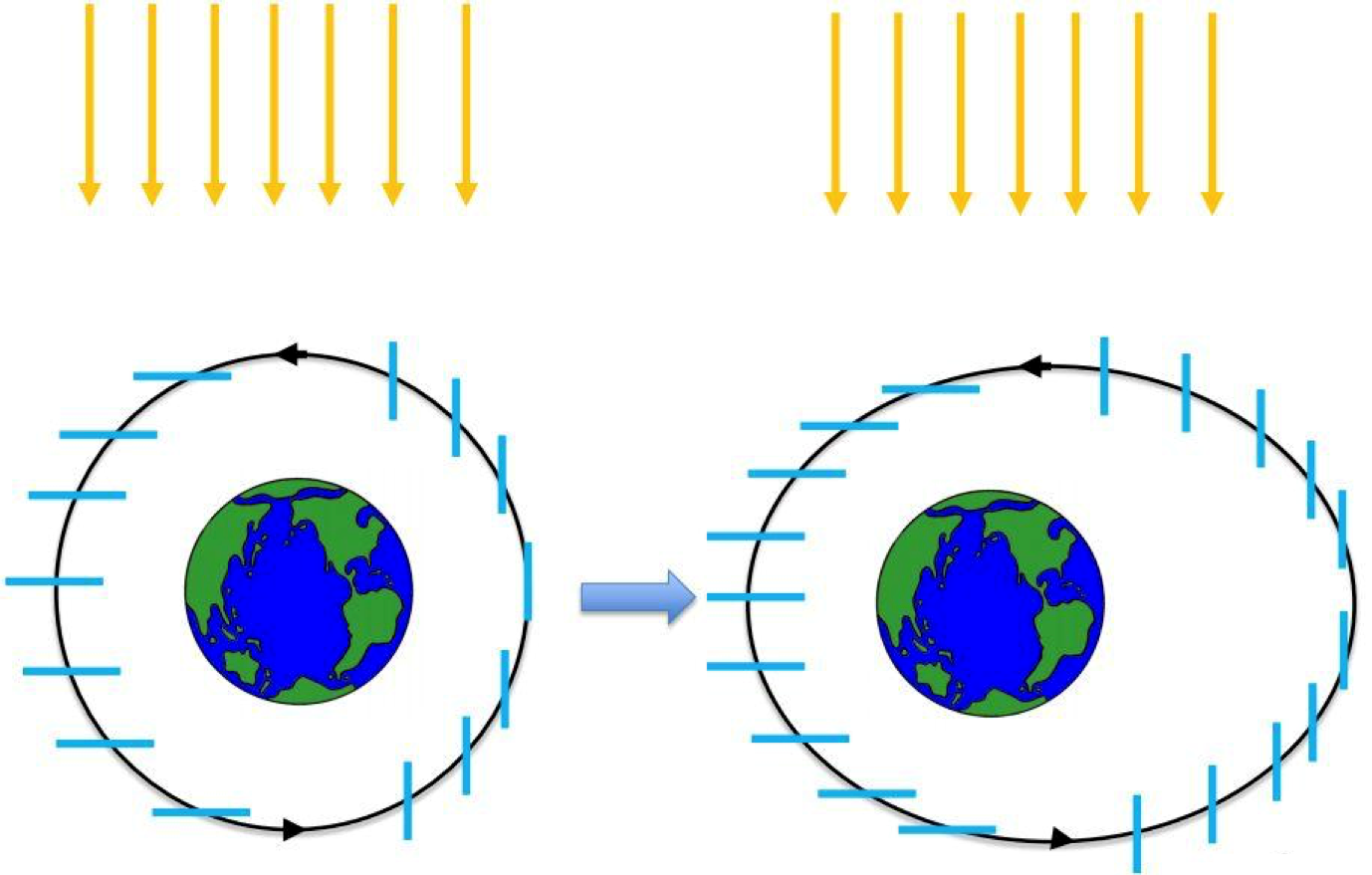
Depiction of solar sail geometry for orbit apoapsis raising
Image credit: Georgia Institute of Technology.
LIGHT SAIL 2
The Planetary Society’s LightSail 2 mission will demonstrate controlled solar sailing using a CubeSat platform. LightSail 2 will launch contained within the Prox-1 spacecraft on the SpaceX Falcon Heavy rocket, as part of the U.S. Department of Defense Space Test Program-2 payload. Following deployment from Prox-1, LightSail 2 will perform a spacecraft checkout and then deploy its 32 m2 solar sail. Once the sail is deployed, LightSail 2 will transition to solar sailing mode, using an on-off switching technique for sail control. The solar sail will be oriented edge-on to the Sun direction during the portion of the orbit when the spacecraft velocity is toward the Sun, and reorient the sail so that it is face-on to the Sun when the spacecraft is moving away from the Sun. Through this approach, the apogee altitude and the orbital energy may be increased via solar radiation pressure. Solar sailing will occur for about 28 days after sail deployment. During this time, it is expected that apogee will be raised 500 – 700 m per day. Dr. Spencer is the project manager for LightSail 2 in support of The Planetary Society.

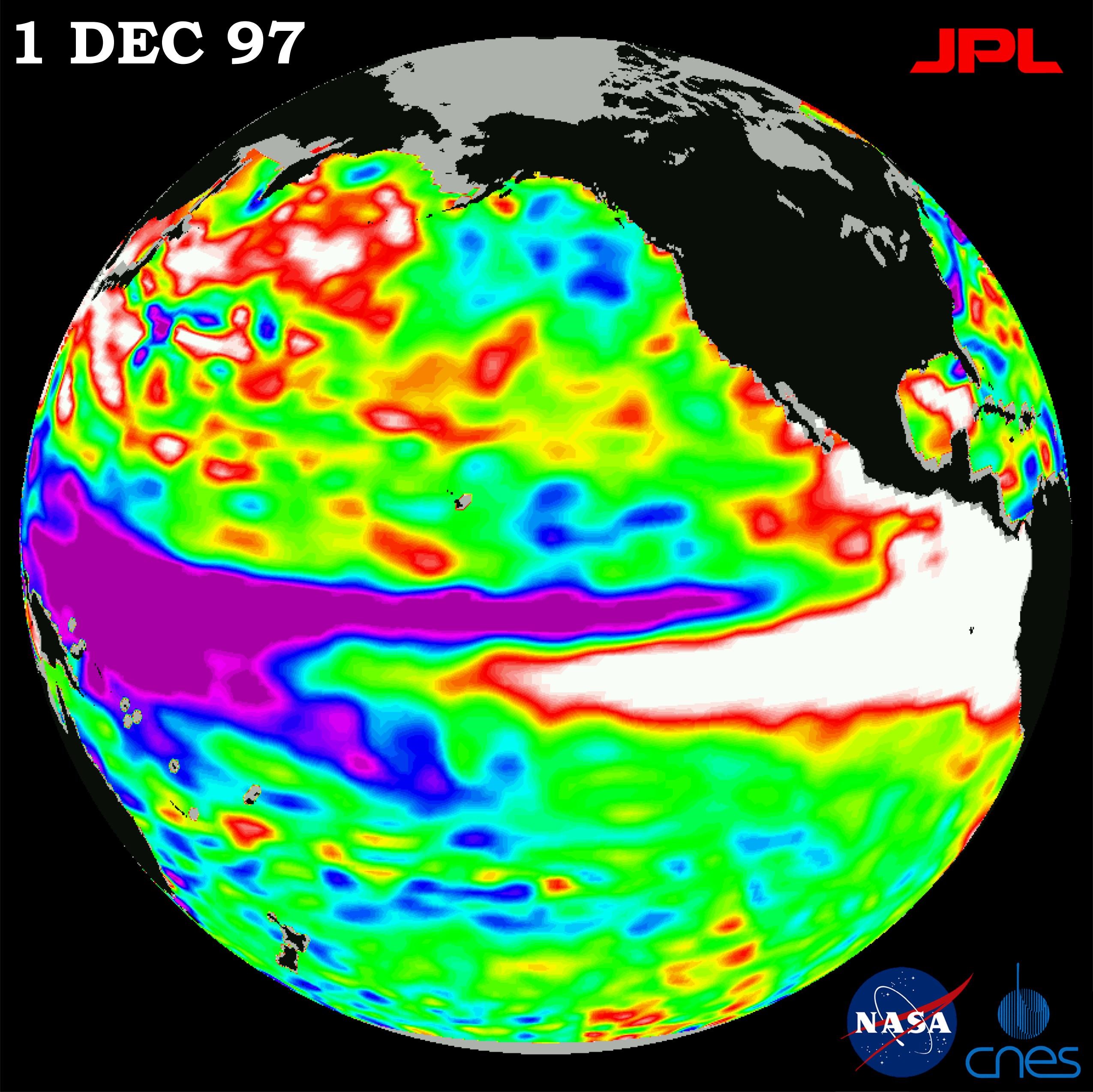
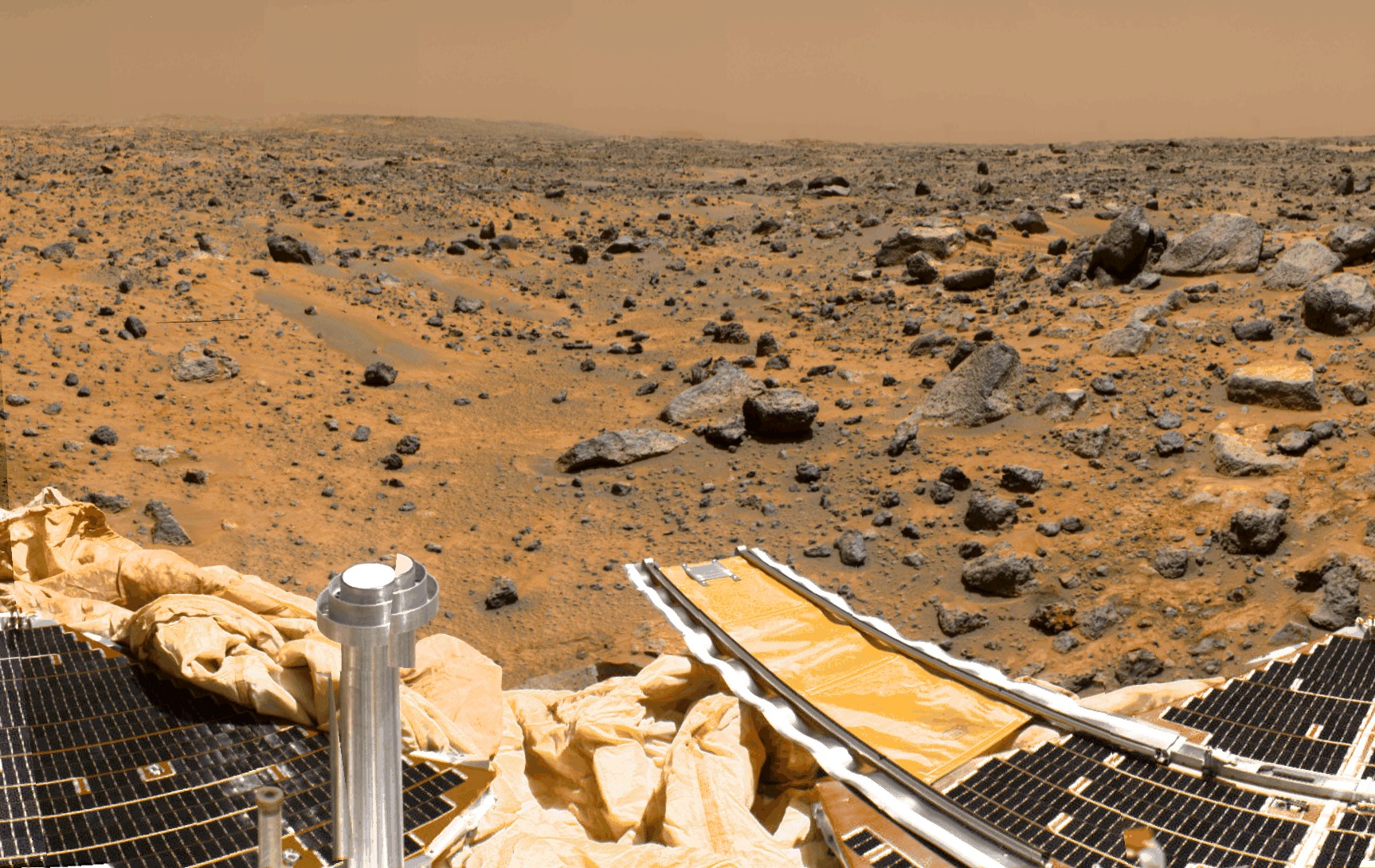
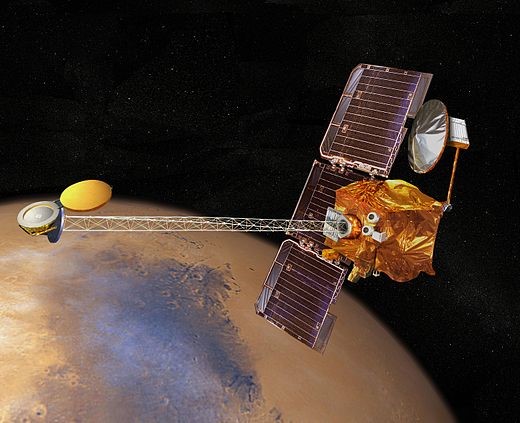

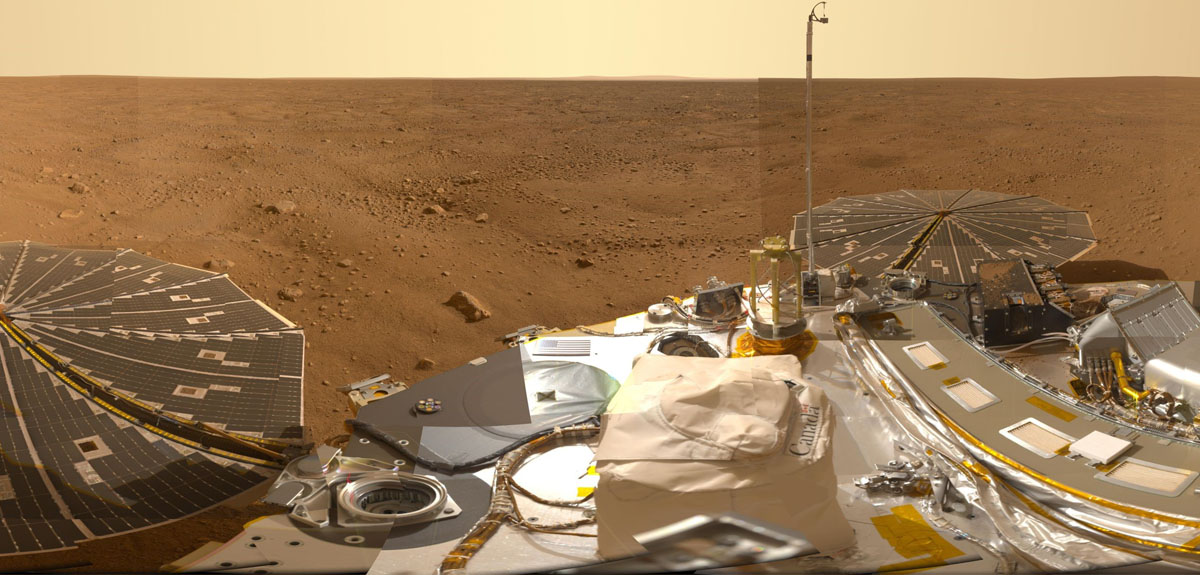

)